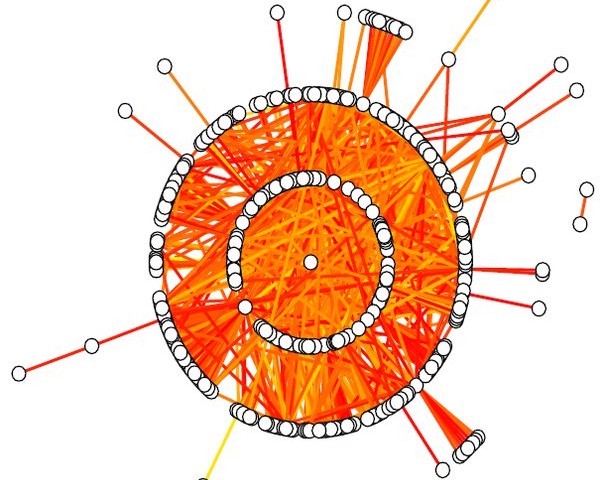We know from Bateson, Morin, Caseau, and others … that living beings organizations are complex systems, and among them the business companies. As rightly exposes Henri Atlan, these systems can not be reduced to the sum of their components : “I’m not saying that we are only molecules! I say that we are assemblies of molecules, but with several levels of organization. And these organizational levels create irreducible properties to the constituents. The property of a cell, which is an assembly of molecules, is to have that amount of capacity is not precisely each of the molecules. There are more in the assembly in the parts! ”
This is the inverse of the technological proposal that focuses on the function before the organization. Short-term Prospective of a wide activities automation , based on technologies that exceed the man capabilities, is based on a purely functional comparison.
This same prospective extended to longer-term, sees transhumanism, ie the migration of human essence into a machine. However, as Henri Atlan recalls in “Humain” : “I support for my part that there is no essence of man, but a special place of man in the same way, moreover, that any species has its special place. ”
These levels of organization respond to environmental stress of all kinds, structural, cyclical, internal, external … They bring benefits to other systems as much as they themselves take advantage of others.
So the business company is not a machine, it can have unintended reactions that are not referenced by mechanistic models of consulting firms.
Hereinafter, an example from the news: “80% of French met inconvenience when contacted customer service. “(IFOP: les français et les services client) Despite significant business investment in relational technology with customers, the result is not at the rendezvous because the organizational aspect has not been sufficiently taken into account. This is in essence what we said Philippe Bloch on BFM TV.
- “Humain, une enquête philosophique sur ces révolutions qui changent nos vies”, Flammarion, 2012

